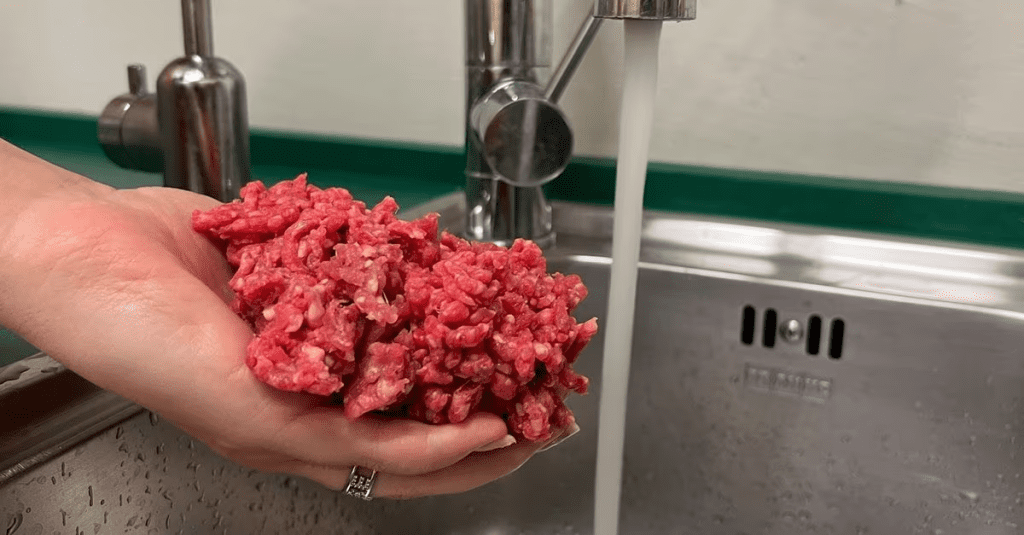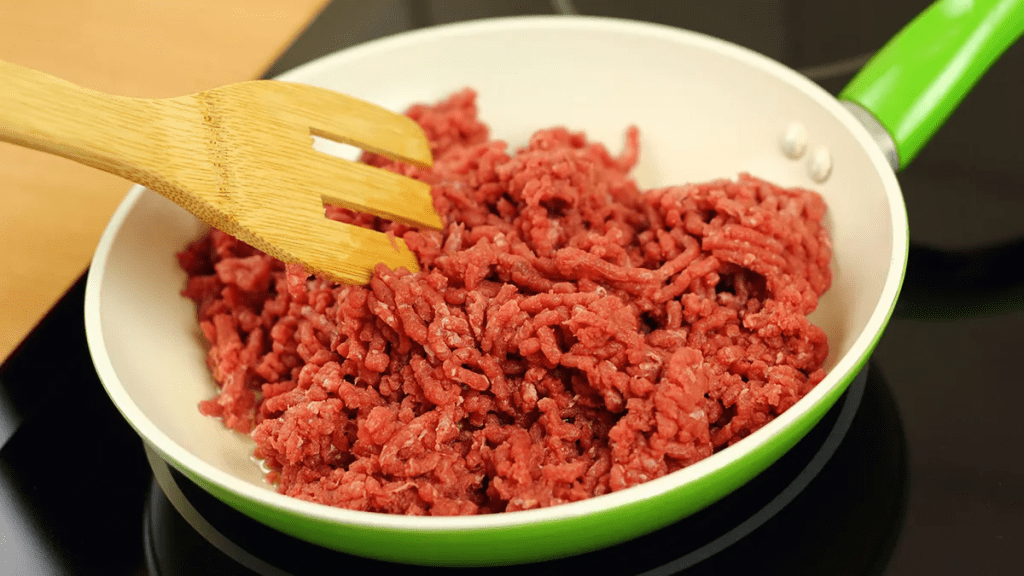Preparing a wholesome meal for your family is a top priority for most of us, but food safety can often stir up debates in the kitchen. One recent incident in my own home brought this issue to light when my mother-in-law prepared dinner using ground beef, but skipped a step that I consider crucial—rinsing the meat. I decided not to eat the meal and kept my kids from eating it as well, sparking a discussion about kitchen practices and safety.
The Science Behind Rinsing Ground Beef: What Experts Say

The debate about rinsing ground beef often comes down to two viewpoints: culinary tradition versus food safety science. According to the U.S. Department of Agriculture (USDA), rinsing ground beef before cooking is not necessary and is actually discouraged. Why? Rinsing meat can cause bacteria like E. coli or Salmonella to splash onto kitchen surfaces, utensils, and other foods. This creates a higher risk of cross-contamination than if the meat were just left as-is and cooked thoroughly.
The USDA stresses that the key to killing harmful bacteria lies in cooking the ground beef to an internal temperature of at least 160°F. This is what effectively eliminates pathogens, not rinsing. So, while rinsing might seem like a precautionary step, it actually introduces more risks in the kitchen.
Health Risks Associated with Not Rinsing Ground Beef
For many people, the concern around not rinsing ground beef stems from the fear of bacteria lingering on the meat. It’s understandable—nobody wants to serve their family a meal that might contain harmful pathogens. However, rinsing ground beef isn’t the answer. In fact, when you rinse raw meat under running water, you’re not washing away harmful bacteria; you’re potentially spreading it.
Splashing water can send bacteria flying to nearby countertops, utensils, or even other foods sitting on your counter. These invisible risks are far more dangerous than simply cooking the beef thoroughly from the start. Properly handled and cooked, ground beef poses no significant health risks—even if it wasn’t rinsed beforehand.
Nutritional Impact of Rinsing Ground Beef
Some people believe that rinsing ground beef will help reduce its fat content, which might make it seem like a good idea for those trying to eat leaner. However, rinsing doesn’t just wash away fat; it can also remove important nutrients. Ground beef contains proteins, minerals, and vitamins that are essential for a balanced diet, and washing the meat can diminish its nutritional value.
A better approach to reducing fat is to opt for leaner cuts of ground beef, such as 90% lean or higher. You can also drain off the excess fat after cooking, using a colander or blotting with paper towels. This way, you preserve the flavor and nutritional benefits of the meat without unnecessary fat.
Family Dynamics: Navigating Food Preferences and Safety
The situation with my mother-in-law brings to light a common issue many families face: how to balance differing kitchen habits and food safety concerns. Family traditions, beliefs about food preparation, and personal preferences can sometimes clash, especially when it comes to feeding the people we care about.

In cases like this, it’s important to approach the situation with sensitivity and respect. Open communication can go a long way in addressing food safety concerns without offending others. Sharing trusted sources, like USDA guidelines, can help create a mutual understanding. Cooking together is another way to bridge the gap and demonstrate how you can make safe yet delicious meals.
Ultimately, it’s about finding common ground that ensures everyone feels safe and respected at the dinner table.
Practical Tips for Ensuring Safe and Delicious Ground Beef Meals
Whether you’re preparing a weeknight meal or hosting a special occasion, ensuring ground beef is safe and delicious is key. Here are some practical tips to keep in mind when cooking with ground beef:
- Buy fresh ground beef from trusted sources and check for any odd odors or discolored patches before cooking.
- Store ground beef properly in the refrigerator and use it within two days of purchase, or freeze it for longer-term storage.
- Practice good hygiene by washing your hands and kitchen surfaces thoroughly after handling raw meat to prevent cross-contamination.
- Cook ground beef thoroughly to an internal temperature of 160°F, using a meat thermometer to ensure it’s safe to eat.
- Drain excess fat after cooking using a colander or by blotting the meat with paper towels, instead of rinsing it.
- Encourage family participation in the kitchen to foster a shared understanding of safe cooking practices, making meal prep both fun and educational.

By integrating these simple practices, you’ll be able to confidently serve ground beef meals that are both tasty and safe for the whole family.
Conclusion: Making Informed Decisions for Family Meals
The debate over whether to rinse ground beef or not comes down to understanding the science of food safety. While it might seem like an extra step toward cleanliness, rinsing ground beef does more harm than good by spreading bacteria around your kitchen. The best way to ensure safety is to cook your meat thoroughly and handle it with care.
Making informed decisions about what goes on the dinner table doesn’t have to be complicated. By focusing on proven food safety practices, you can prepare meals that are both nutritious and safe for your family. It’s all about combining knowledge with communication, ensuring that everyone at the table feels comfortable and confident in the food you serve. This approach not only solves immediate concerns but also builds a foundation for healthier, safer cooking practices in the future.


